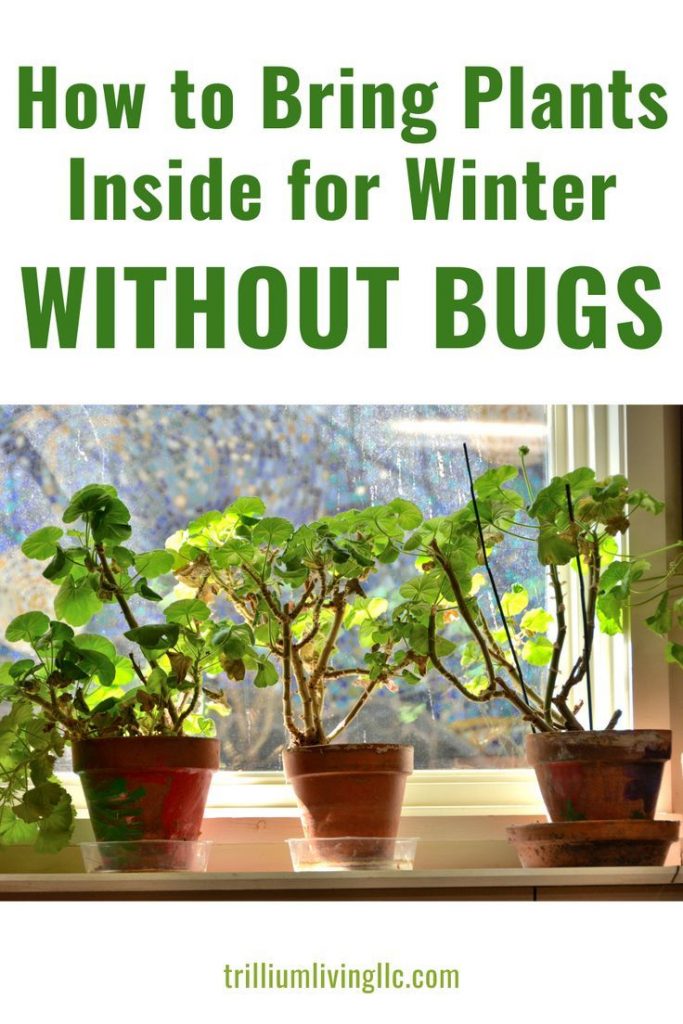If you’re looking to bring an outdoor plant inside without letting the bugs in, I’m here to help! In this article, I’ll provide a step-by-step guide on how to bring an outdoor plant inside without bugs. By following these simple steps, you can ensure that your plant is free of any unwelcome pests.
Identifying the Bugs
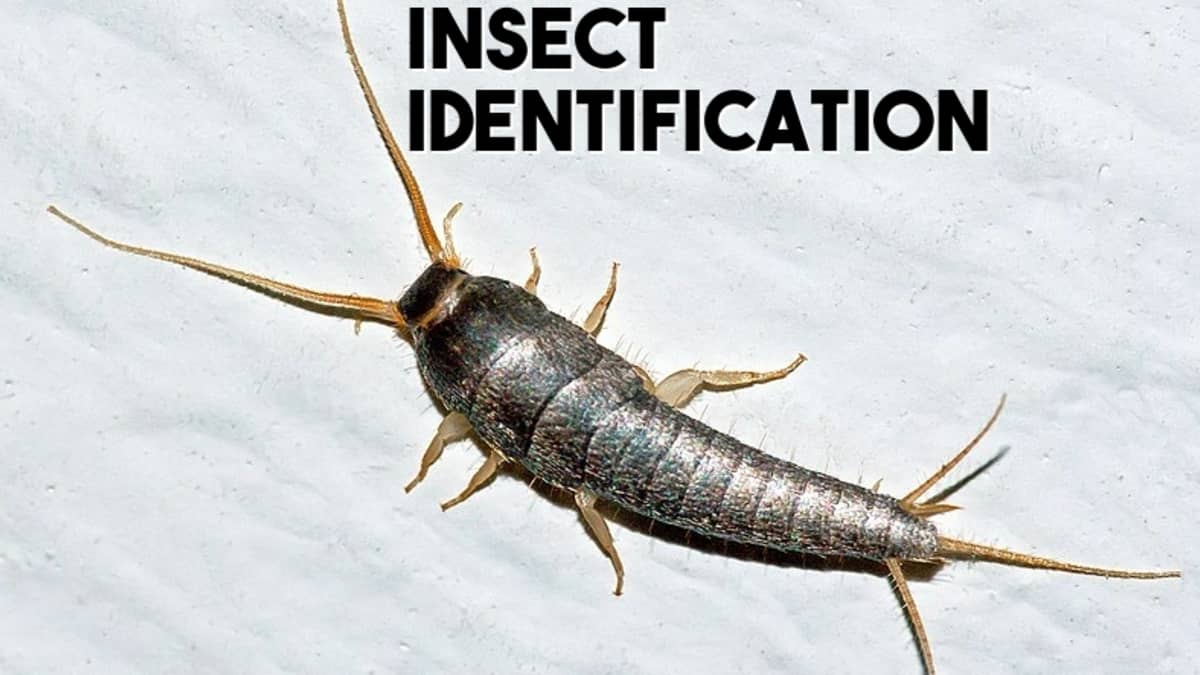
Before bringing an outdoor plant indoors, it is important to inspect the plant for bugs. If left unchecked, these pests can infest the rest of your house. Start by looking for any visible pests on the leaves and stems of the plant. Many common pests, such as aphids, mites and caterpillars, can be seen with the naked eye. If the plant has flowers, check the petals and undersides for bugs as well.
Next, shake the plant gently over a piece of white paper. This will cause any existing bugs to fall off the plant. Be sure to inspect the paper for any insects. If you find any bugs, take note of what they look like and research them to determine the type of pest.
Finally, look for signs of bug activity. Common signs include webbing on leaves, discoloration and holes. If you notice any of these signs, it is likely that your plant has a bug infestation and should be treated before bringing it indoors.
Prevention

Before bringing an outdoor plant inside, the plant should be inspected thoroughly for any bugs or pests. If any are found, they should be removed with a soft brush and diluted soapy water. If the bugs are not removed, they could spread inside the house.
To further prevent any bugs or pests from entering the home, I recommend spraying the plant with an insecticide, such as neem oil, to repel any potential pests.
| Steps | Description |
|---|---|
| Inspect Plant | Check for any bugs or pests |
| Remove Bugs | Use a soft brush and diluted soapy water |
| Spray Plant | Spray plant with an insecticide, such as neem oil |
Keeping the plants clean
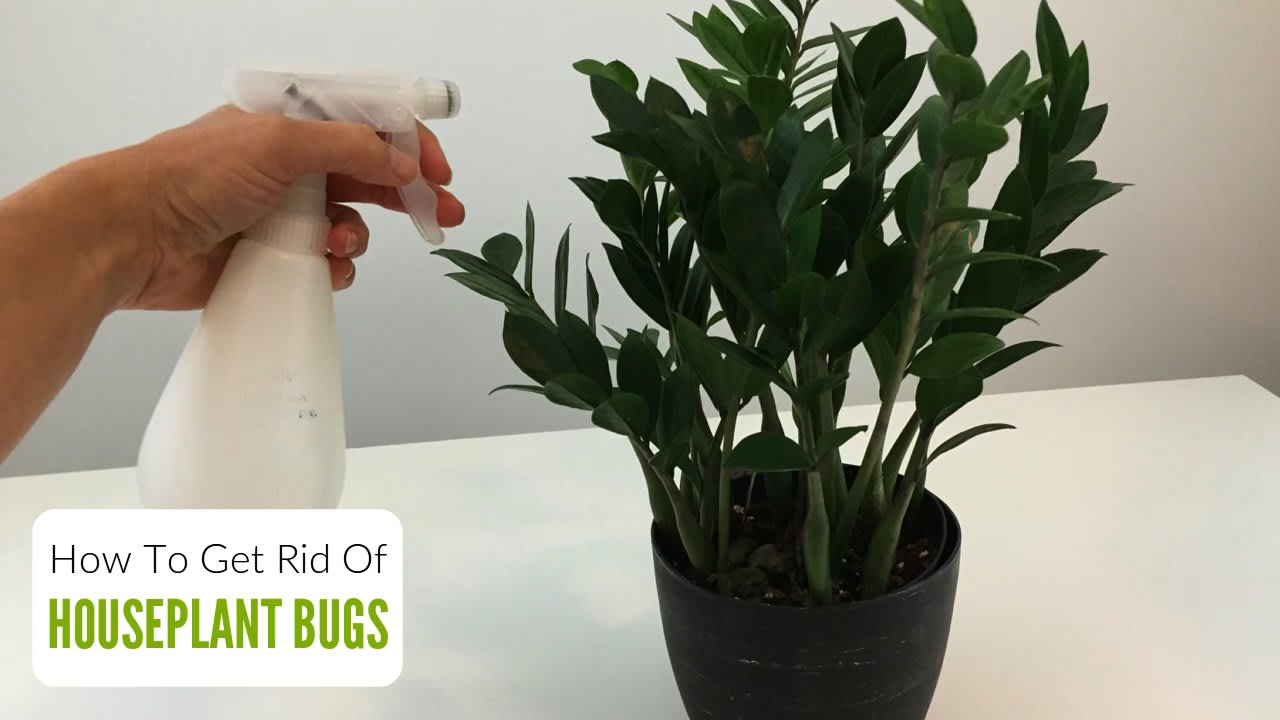
I always make sure to thoroughly inspect my outdoor plants before bringing them inside. This includes checking for pests and diseases, and cleaning off any dirt or dust on the leaves. To do this, I use a soft cloth to gently wipe away the dirt, or I use a soft-bristle brush for tougher dirt and dust. I also check for any pests or diseases, such as aphids, mites, or powdery mildew, and take appropriate action if necessary.
| Task | Tools |
|---|---|
| Remove dirt and dust | Soft cloth or soft-bristle brush |
| Check for pests and diseases | Magnifying glass |
| Take appropriate action | Pesticides or fungicides |
Once I have cleaned and inspected my plants, I make sure to dispose of any debris or pests away from the house. By keeping my plants clean, I can ensure that any pests or diseases are taken care of before bringing them inside.
Using Insecticides
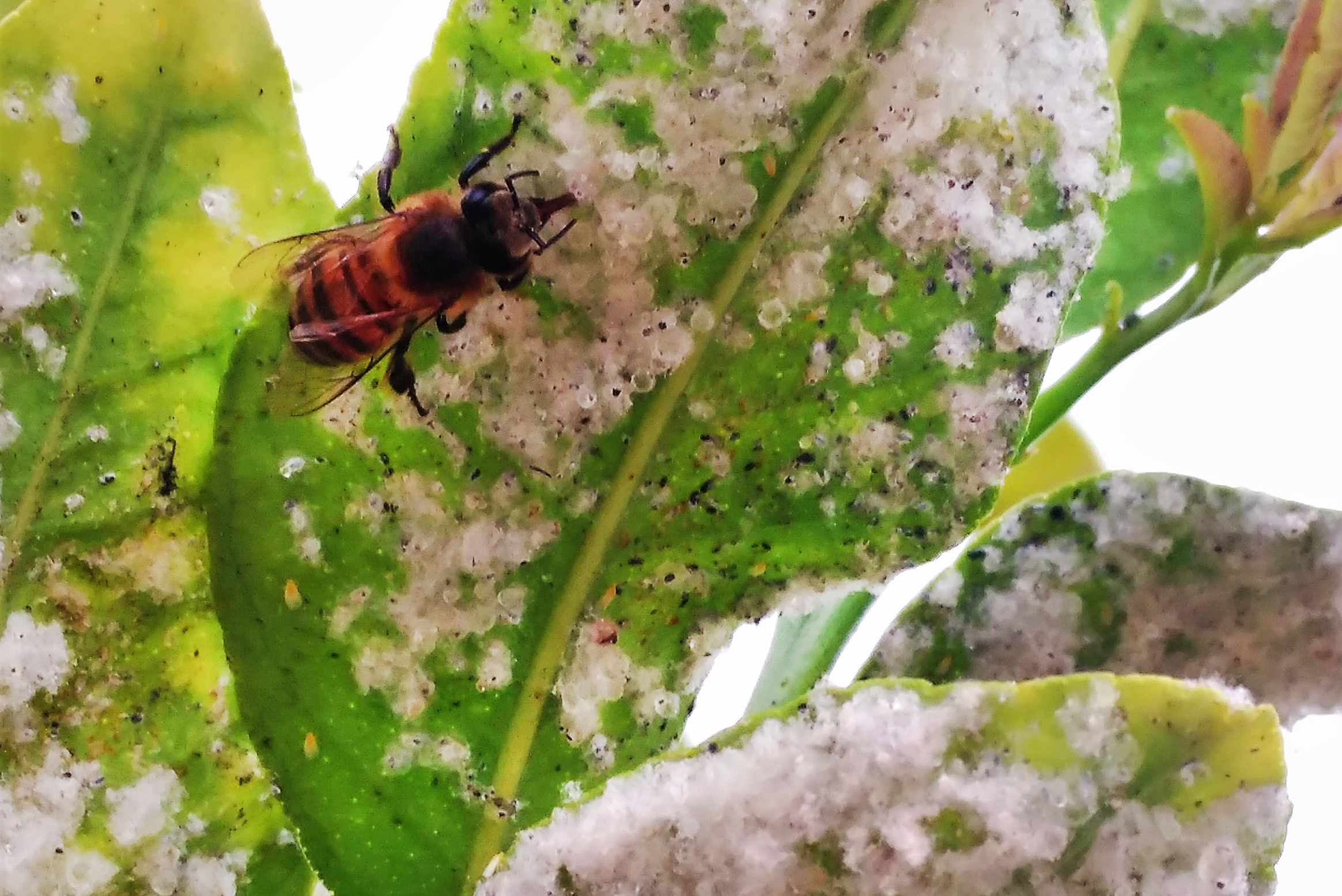
- Spray the plant with an insecticide, making sure to cover all surfaces of the plant.
- Allow the plant to sit for a few moments after spraying, so the insecticide can take effect.
- Using a damp cloth, wipe off the insecticide residue, making sure to remove all of it.
- If there are still insects on the plant, spray again and allow the insecticide to sit.
- Once all of the insects have been killed, wipe off the insecticide residue with a damp cloth.
- Wash the plant with water to remove any remaining insecticide residue.
- Allow the plant to dry completely before bringing it indoors.
Alternatives to Insecticides
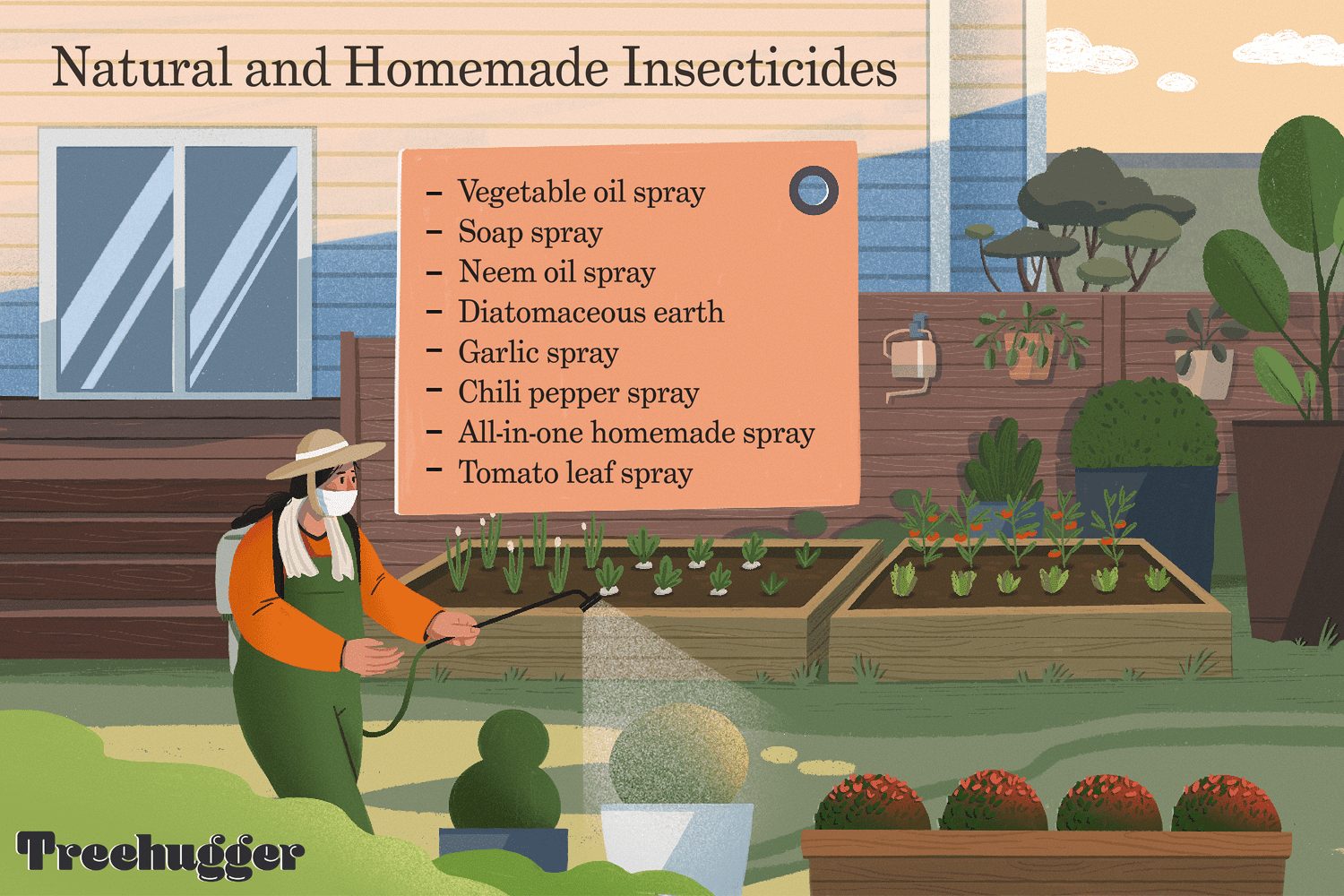
Before bringing an outdoor plant inside, it’s important to make sure that no bugs make the journey with it. While insecticides are a popular solution, there are alternatives that are more environmentally friendly.
One alternative is to introduce beneficial insects, such as ladybugs, lacewings, and predatory mites, which will feed on and eliminate the bugs that are causing problems. You can also wrap the plant in a clear plastic bag and leave it outside for a few days to allow the insects to leave.
Another solution is to create an insecticidal soap by mixing 2.5 tablespoons of natural liquid soap with 1 gallon of water. Spray the solution onto the leaves of the plant, making sure to cover the entire surface. This will help to eliminate the bugs without using any harsh chemicals.
You can also make a homemade garlic spray. Add 5 cloves of garlic to 1 quart of water and let it steep overnight. Strain the mixture and add 1 teaspoon of dish detergent and 1 quart of water. Spray the solution onto the leaves of the plant to help keep the bugs away.
Finally, you can also use neem oil to get rid of the bugs. Mix 1 tablespoon of neem oil with 1 quart of warm water and spray the solution onto the leaves of the plant. Neem oil is a natural insecticide that is safe for humans and pets.
By using these alternatives to insecticides, you can safely bring an outdoor plant inside without worrying about bringing any unwanted bugs with it.
Neem Oil
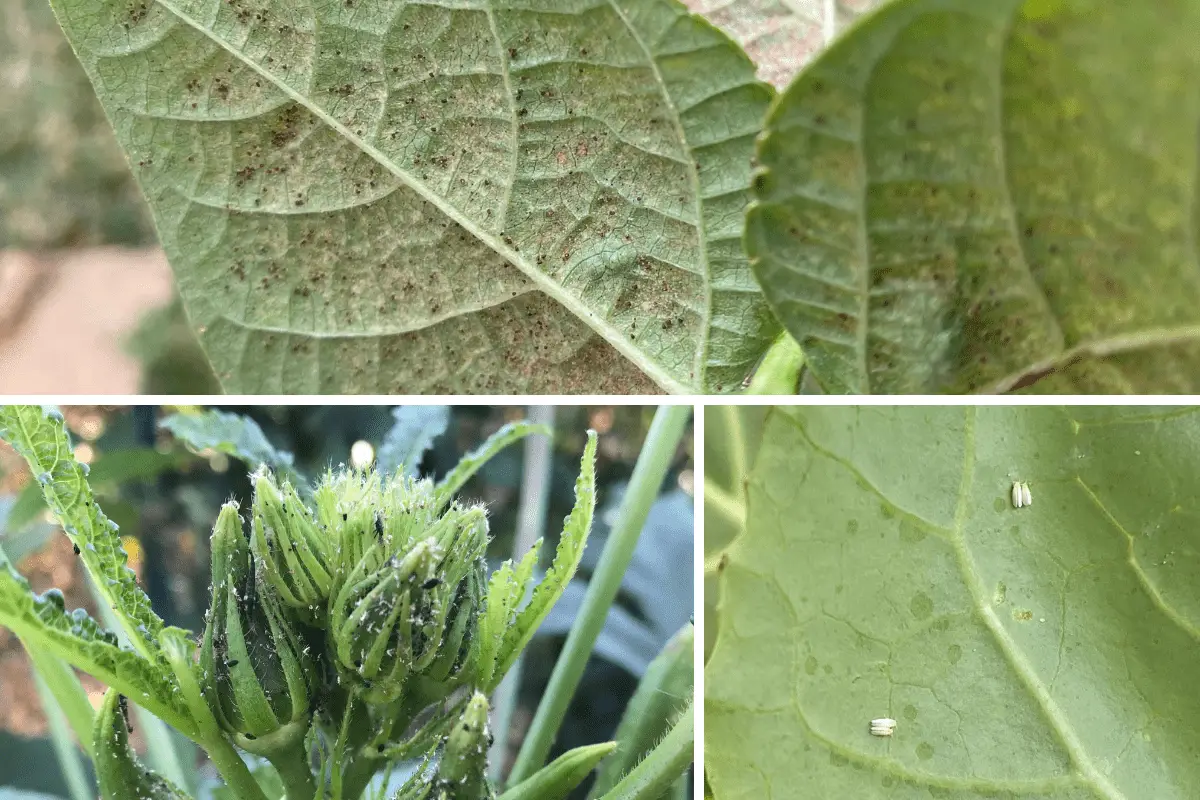
Before bringing an outdoor plant indoors, spray it with neem oil. Neem oil is derived from the neem tree, a tropical evergreen native to India. Neem oil is a natural insecticide, fungicide, and miticide, and can help protect your plant from infestations of bugs. Spray the plant, making sure to get the underside of leaves, and wait for the neem oil to dry before bringing the plant inside. Neem oil can also help protect your plant from diseases caused by fungi or bacteria. Reapply once a week or as needed.
Soapy Water
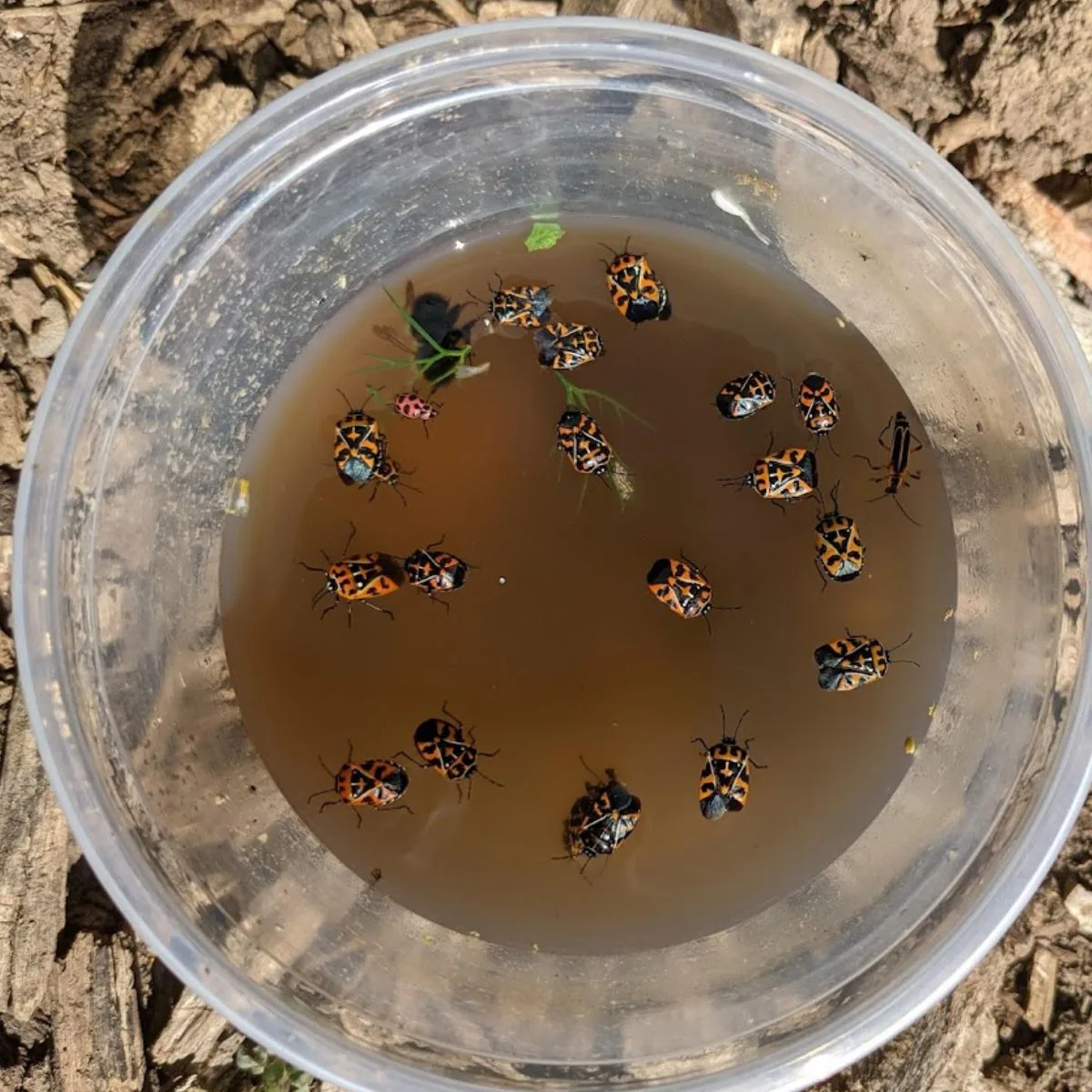
Before bringing the plant inside, your first step should be to ensure it is free of pests and insects. A great way to do this is to spray it with soapy water. To make this, use a spray bottle and fill it with water and a few drops of liquid dish soap. Shake the bottle to combine the soap and water. Spray the plant heavily, focusing on the underside of the leaves and stems. Let the soapy water sit on the plant for a few minutes before rinsing it off with water. This simple solution can help to deter bugs from making your indoor plants their new home.
Table Example:
| Step | Instructions |
|---|---|
| Spray Plant with Soapy Water | Fill a spray bottle with water and a few drops of liquid dish soap. Shake the bottle to combine the soap and water. Spray the plant heavily, focusing on the underside of the leaves and stems. Let the soapy water sit on the plant for a few minutes before rinsing it off with water. |
Horticultural Oil
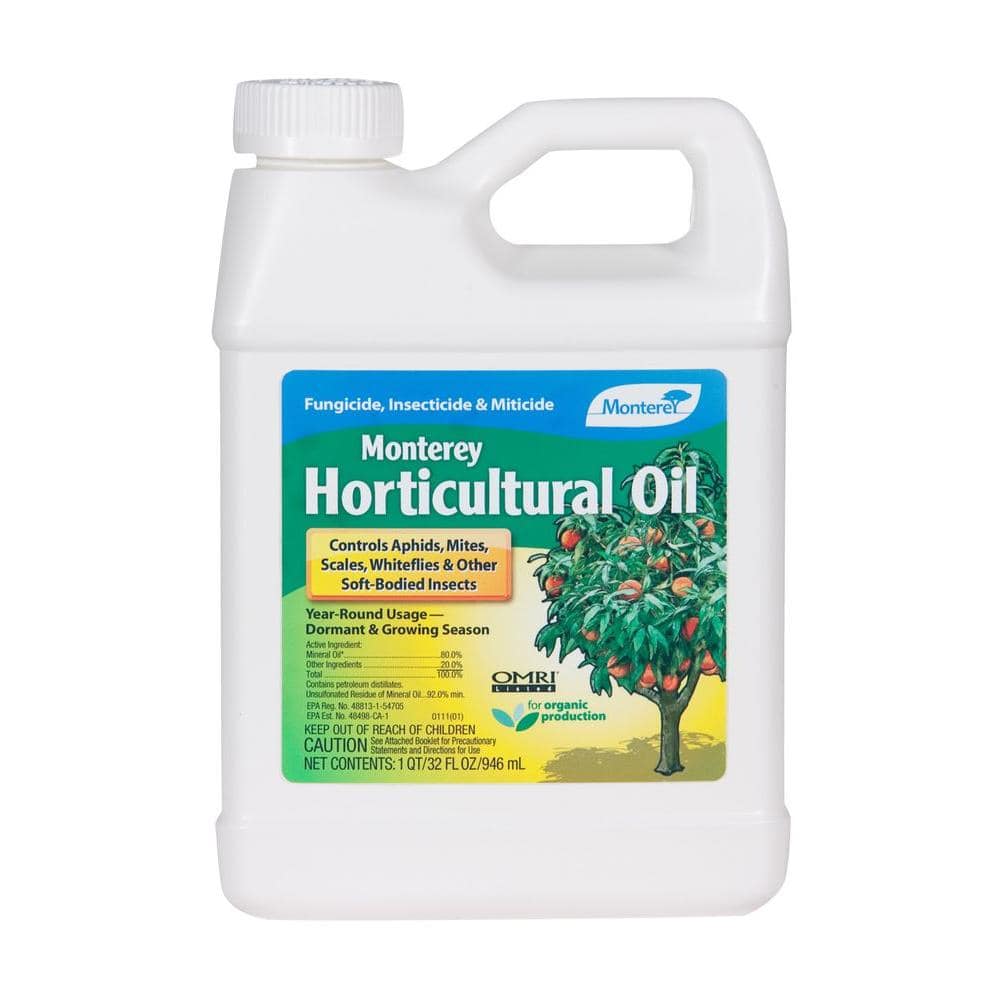
Before bringing my outdoor plant indoors, I use horticultural oil to treat it for pests. Horticultural oil is a type of pesticide that is highly effective at killing insects and their eggs. It is not harmful to humans or pets, and it is safe to use on edible plants.
I begin by spraying the entire plant with horticultural oil to make sure I get all the areas where the pests may be hiding. I spray the stems, leaves, and soil, making sure the underside of the leaves get a thorough coating. I let the oil sit on the plant for a few minutes before wiping it off with a damp cloth or paper towel.
I also spray the pot and saucer, as well as the area around the pot to make sure I get any pests that may have crawled onto the potting surface. I repeat this process once a week for a few weeks to make sure all the pests are eliminated. This will ensure that my plant is free of pests when I bring it indoors.
| Benefits of Horticultural Oil |
|---|
| Safe for humans/pets |
| Kills insects and eggs |
| Easy to use |
| Can be used on edible plants |
Diatomaceous Earth
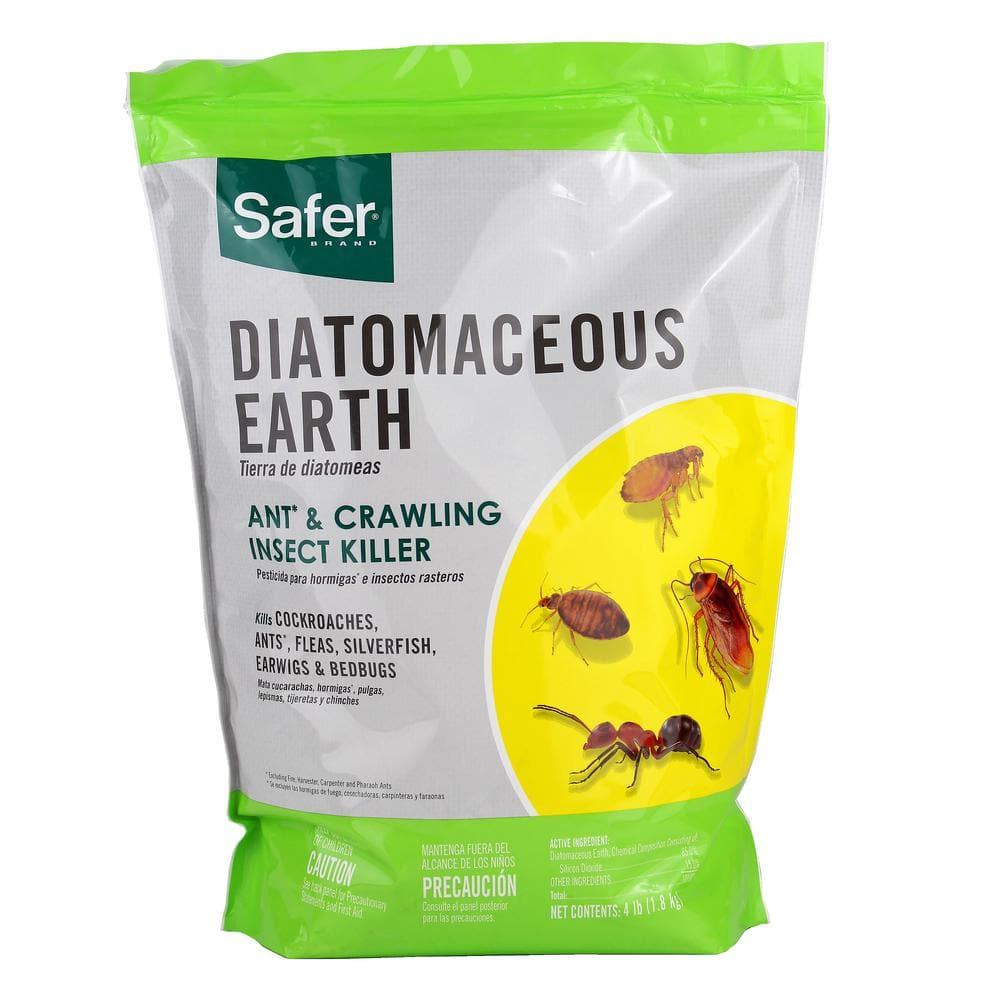
Before bringing an outdoor plant inside, it’s important to make sure it’s clean and bug-free. Diatomaceous earth is a natural, non-toxic powder that can be used to eradicate any pests from your plants. The powder works by dehydrating the bugs, eventually killing them. It’s also a long-lasting natural solution that won’t harm your plants.
| Benefits of Diatomaceous Earth |
|---|
| Natural, non-toxic |
| Dehydrates and kills bugs |
| Long-lasting |
| Won’t harm plants |
To use diatomaceous earth to rid your plants of pests, start by shaking the powder lightly over the soil of the plant. Make sure to use a mask, as diatomaceous earth can be an irritant when inhaled. Diatomaceous earth can also be sprayed onto the leaves of the plant. Leave the powder to work its magic for up to a week, then use a damp cloth to wipe away any residue.
Once you’re certain the plant is bug-free, you can bring it indoors. Make sure to check for any pests every couple of weeks, just to be sure. With diatomaceous earth, you can keep your plants healthy and bug-free.
Methods of Control
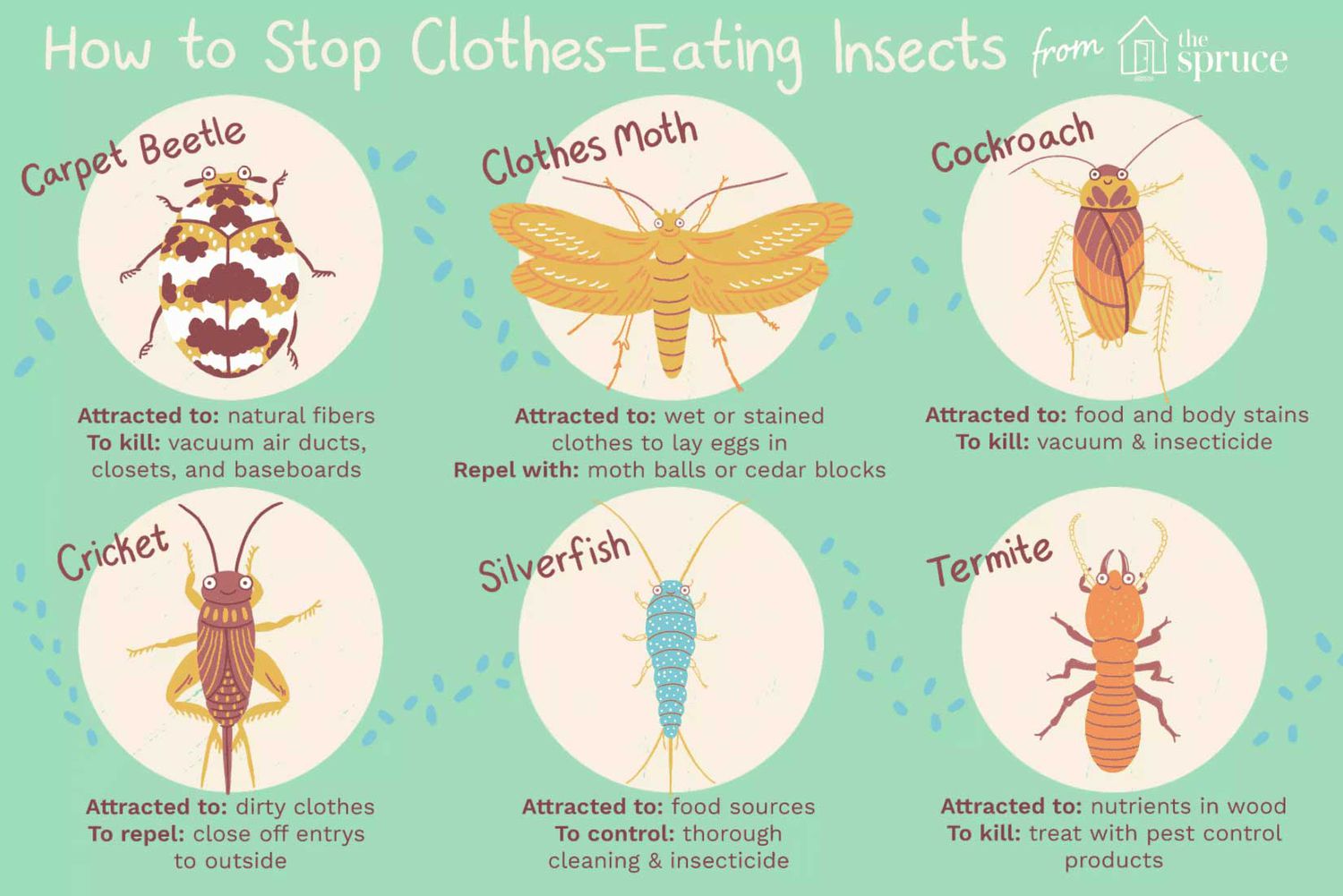
Before bringing an outdoor plant inside, it is important to ensure that it is bug-free. Examine the leaves and stems carefully for evidence of insects. If bugs are present, then these should be removed or destroyed. Follow the steps below for effective methods of control:
| Method | Description |
|---|---|
| Insecticidal soap | Insecticidal soap is a natural, non-toxic way to eliminate bugs from the plant. To use, mix the soap with water and spray the affected area of the plant. |
| Neem oil | Neem oil is also a natural, non-toxic way to remove bugs. To use, mix the oil with water and spray the affected area of the plant. |
| Contact insecticides | Contact insecticides are a more effective way to eliminate bugs. They are stronger than soap and neem oil and can be purchased at a local garden store. Be sure to read and follow the instructions carefully when using contact insecticides. |
If the bugs are not destroyed or removed, they could spread to other plants in the home. Therefore, it is important to take the necessary steps to ensure that the plant is bug-free before bringing it indoors.
Pruning
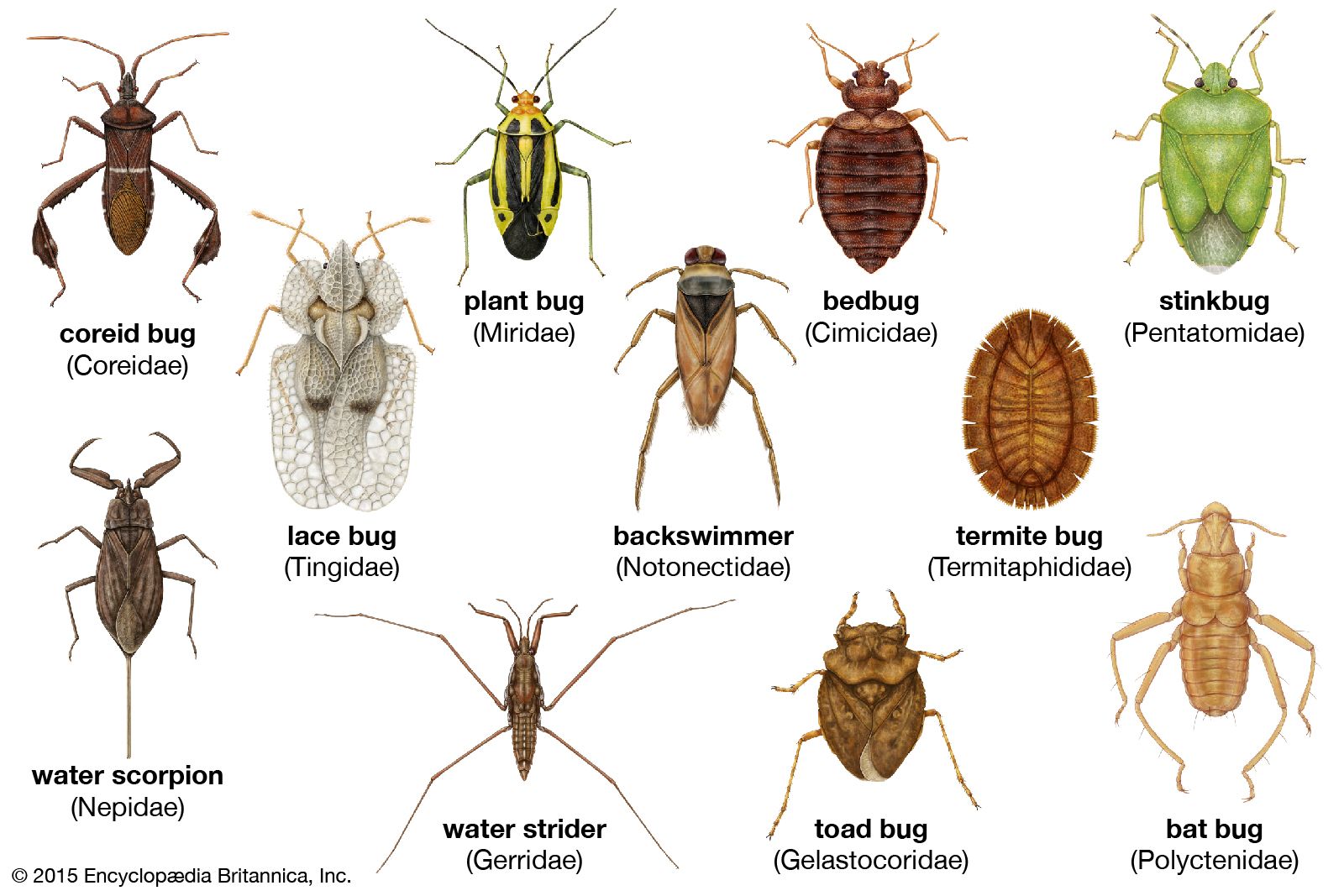
Before bringing your outdoor plant inside, inspect it for any bugs or pests. Pruning is an essential step in the process. Prune off any dead or damaged leaves and stems and discard them. This will help to prevent any potential pests or diseases from entering your home. Be sure to use clean and sharp pruning tools when pruning your plant. Disinfect the pruning tools between uses to prevent spreading any pests or diseases. Prune your plant in a well-ventilated area to prevent any spores from entering your home.
Rotating Crops
When bringing plants inside, it is essential to rotate crops. This way, bugs do not have the opportunity to become comfortable in their environment. Start by bringing in a single plant, and wait a few days before introducing a new one. That way, any bugs that enter the home will be on the first plant, and can be disposed of before they spread to the others. For example, if you are bringing in a new orchid, make sure to inspect the plant for bugs before bringing it inside. It is important to note that rotating crops is only effective if all plants are brought in one at a time. If multiple plants are purchased at the same time, it is best to isolate each one for a few days before introducing them to the rest of the collection. This will ensure that any bugs that may have been brought in with the plants have the chance to be spotted and disposed of before they spread to the other plants.
Natural Predators
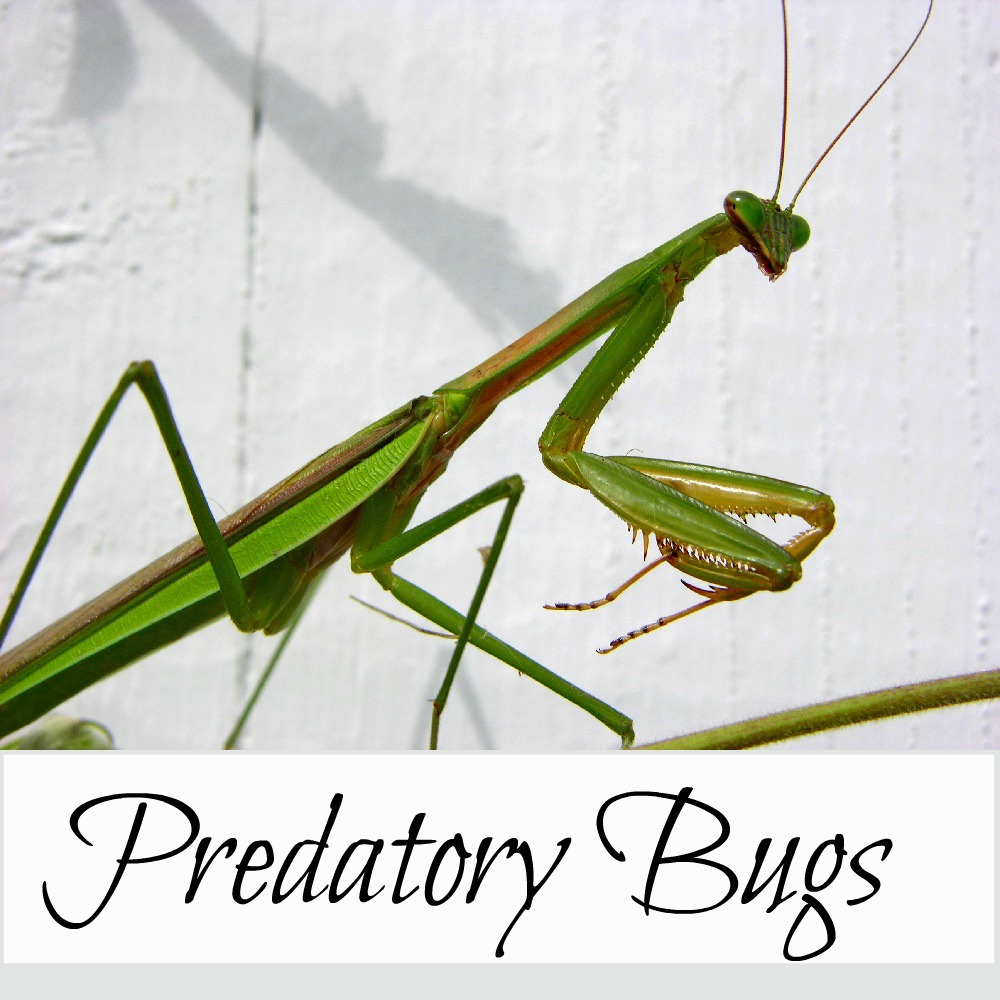
To prevent bugs from coming inside with an outdoor plant, it is important to introduce natural predators to the garden. These predators can include ladybugs, praying mantises, and spiders. Ladybugs are known to eat aphids, mealybugs, and other soft-bodied insects. Praying mantises will consume any insect they can catch, including aphids and caterpillars. Spiders can be beneficial in the garden as they feed on aphids, small beetles, and other small insects. All three of these predators can be found in a garden center or online. Additionally, introducing birds to the garden can help to naturally keep the insect population in check.
Monitoring and Inspecting
Before bringing an outdoor plant indoors, it is essential to inspect it for bugs. Check the surface of the leaves and stems for any insects or eggs, and if found, remove them carefully. Look for molds, webs, and other signs of pests. If the plant is heavily infested, consider discarding it. To prevent future infestation, monitor the plant for several weeks even after bringing it indoors. Examine the plant regularly for any signs of bugs or eggs, and if found, remove them immediately.
| Steps | Description |
|---|---|
| Step 1 | Inspect the plant for any bugs or eggs |
| Step 2 | Check for molds and webs |
| Step 3 | Discard heavily infested plants |
| Step 4 | Monitor the plant for several weeks |
| Step 5 | Remove any bugs or eggs found |
Conclusion
- Inspect the plant thoroughly to identify any existing pests.
- Isolate the plant from other house plants, in case there are pests.
- Give the plant a good shower or dip it in soapy water to remove any pests.
- Spray the plant with an insecticidal solution.
- Monitor the plant regularly for any new pests and treat accordingly.
Bringing an outdoor plant inside can be a risky business, but if done with the right precautions, it can be a rewarding experience. By following the steps outlined above, I can confidently bring an outdoor plant inside without worrying about any bugs.
Frequently Asked Questions
What steps should be taken to bring an outdoor plant inside without letting bugs in?
The first step is to inspect the plant for signs of pests. If there are any, the plant should be treated with an insecticide or horticultural oil to kill the pests. Once the plant is free of pests, it should be carefully taken inside, making sure to check for any bugs that may be hiding in the pot or soil. Before bringing the plant into the home, it should be wiped down with a damp cloth to remove any dirt or debris. Lastly, it is important to keep an eye on the plant for any signs of pests, as well as making sure the plant is getting proper light and water.
How can I ensure that no bugs will follow my outdoor plant inside?
Before bringing an outdoor plant inside, it is important to inspect it for any insects that may be living on it. Check the leaves, stems and soil for any pests. If any pests are found, use an insecticidal soap or neem oil to treat the plant and eliminate the pests. After treating the plant, allow it to sit outside for a few days so that any remaining insects can leave the plant. Finally, before bringing the plant inside, shake it off or vacuum the leaves and stems to remove any remaining insects.
How can I prevent bugs from coming in with my outdoor plant?
Carefully inspect the plant for any signs of insects or eggs before bringing it indoors. If you do find any insects, spray the plant with an insecticidal soap or neem oil solution and check for eggs. If you find any, remove them with a cotton swab dipped in rubbing alcohol. Once you bring the plant indoors, move it away from other plants to prevent the spread of any insects. It is also important to keep the plant in a dry area and not overwater it, as this can cause mold and mildew to form which can attract insects. Finally, spray the plant with an insect repellent once a month to help keep bugs away.
What is the Best Way to Ensure No Bugs Will Enter My Home When Bringing an Outdoor Plant Inside?
Inspect the plant before bringing it inside; check the undersides of the leaves and stems for any bugs or larvae. Shake out any debris that may have accumulated on the plant. Place the plant in a plastic bag and seal it for 20 minutes. Any bugs that may be on the plant will be trapped inside the bag. When bringing the plant inside, brush off as much of the dirt as possible from the exterior of the pot and the leaves. To further prevent bugs from entering the home, spray the plant with a natural insect repellent, such as neem oil.
How can I bring an outdoor plant inside without introducing any bugs?
To bring an outdoor plant inside without introducing any bugs, inspect the plant carefully for pests before bringing it indoors. Check both the leaves and the stems for any signs of infestation, such as webs, eggs, or larvae. If any pests are present, spray the plant with an insecticide and allow it to dry before bringing it indoors. Additionally, repot the plant in a new pot with fresh soil to prevent any pests from entering the home. Finally, keep the plant away from other indoor plants for a few weeks to ensure any pests on the plant have been eliminated.
Conclusion
Bringing an outdoor plant inside can be done without letting bugs in. It requires some time and effort, but following the steps outlined above can make the process easier. Gently shake the pot, inspect the soil and roots, cut away dead leaves, and spray the plant with insecticidal soap. These steps will help ensure that the plant is free of pests before taking it indoors.
